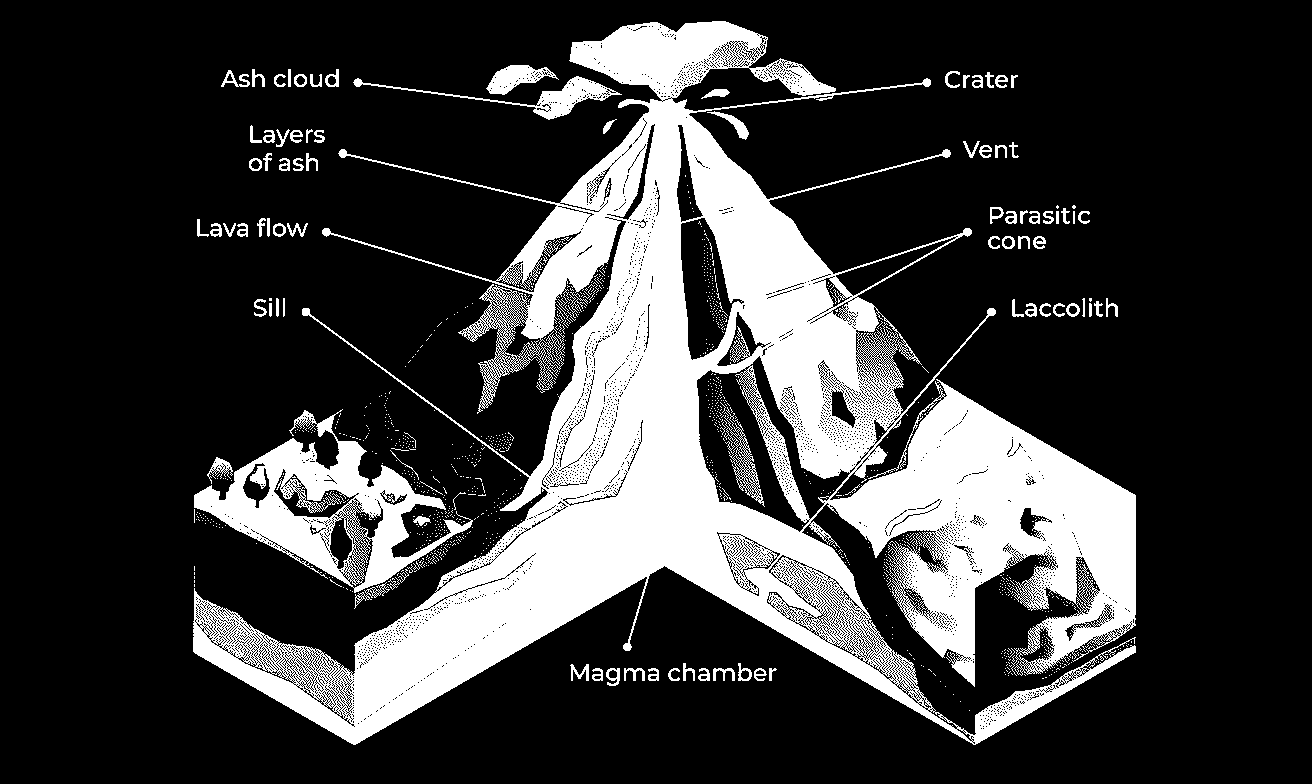
The Floor Is Lava
An ode to the early web, when everything was difficult and annoying and we built it together anyway.
- The Floor is Lava
- No gods, no master branch.
- Push buttons first, ask questions later.
- Play is a matter of life and death.
- It’s only play.
March 2022
A not-quite-manifesto in progress. A small hope. An attempt to imagine a better future. Unofficially kicking off a collaborative year with Jesse Kriss, where we will mostly be exploring decentralized systems and uxn.
The floor is lava!
The furniture is ok, the walls are ok. Parts of the furniture are ok, you can use the pillows. You can paddle them like a boat, but they're not large enough for two. You, and your friends? You need to cross the room.
You have no additional tools. The walls are unbreakable. The room is not yours. The space was always here. Someone else built it -- Your parents or your boss -- or the management company. They don't notice the floor is lava. (Or: They don't care. It looks good in pictures.) The door is blocked. How do you escape? How quickly? And then?
The Floor Is Lava is a game about infrastructure from the perspective of the person who has inherited an environment. In fact it doesn't matter if the person playing owns the environment or not. It doesn't matter if they helped design the environment, or paid for it, or liked it in the past, or will like it in the future. The game poses a challenge: What if the previously perfectly acceptable ground we walk on no longer sustains us? What if the environment has gone toxic?
The Floor Is Lava does not invite you to tear it all down, it doesn't ask you to move to Mars, it doesn't curse the four walls, it doesn't ask you to figure out why, only to escape. Declaring the floor isn't lava is cheating. The Floor Is Lava knows what's up: A room is a prison is a game, depending on perspective.
Let's play.
Parkour Style Software Development
Parkour (abbreviated PK ,/paʁkuʁ/ ) describes a type of locomotion whose goal is to get from point A to point B as efficiently as possible using only the abilities of one's own body.
The parkour runner (French: le traceur "the one who draws a line") determines his own path through the urban or natural space - in a different way than dictated by architecture and culture. You try to overcome obstacles that stand in your way as efficiently as possible by combining different movements. The focus is on flow and control of movement. Parkour is therefore also referred to as the "art of efficient locomotion".
The Toolchain and the Network is the Infrastructure is the Floor
Modern software development, especially on the web, assumes an internet and a vast network of interdependent systems. There is nothing wrong with this per-se: networks allow us to stand on each other's shoulders, and these interdependencies are instructional: they underscore both the fragility and the power of human connection in useful ways. The networks allow for legitimate peripheral participation%20describes,participation%20in%20a%20community%20practice.), and provide opportunities for collaboration across time and space.
In many ways it's great that almost no one who builds vehicles these days really needs to worry about building roads. But also: we should all be concerned with roadbuilding, because we'll really miss it when our roads fail.
Infrastructure is mostly invisible by design. We are supposed to take it for granted, but in fact we are often in danger of forgetting another world is possible outside the periphery of our own vision. It's easy to forget that not every place on earth has drinkable water on tap, cheap electricity or high speed data. Not every place needs these things (except for the water, we all need water.)
The infrastructure is not immutable, we built it, and we can change it, don't let it be a trap.
A thread from Jonathan Feinberg, Grammy-award-winning musician, one of the better programmers I've known and one of my old colleages from IBM Research:

Resistence is Parkour
Everything is made of people.
If any member hurt himself during or after the execution of a movement, the movement was deemed a failure. A movement executed only once was not considered an achievement; only with repetition was the challenge complete. Every movement had to be repeated at least ten times in a row without the traceur having to push his limits or sustaining any injury. If any mistake was made by any traceur in the group everyone had to start all over again.[37]
Humility was an important principle.[39] No traceur was allowed to feel superior to someone else, for example, by executing a movement only to show off in front of someone who could not perform the movement. If any traceur in the group claimed that he had completed a difficult and dangerous challenge that should not be attempted unaided, he had to prove his claims by doing the challenge again. Anyone who lied violated the principle of humility.[37]
The Rules
- The floor is lava
- It doesn't matter how it got that way
- It's up to us to fix it
- The approach needs to be playful, specifically:
- This is a team effort
- Rule changes are made for the sake of extending the play
- If any one of us doesn't make it, no one does
- Play is the most serious practice of all
A Few Possible Characteristics of Playful Anti-Lava Technology (Work In Progress):
- soft
- quiet
- simple
- accessible
- convivial
- helpful